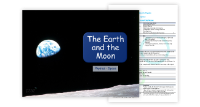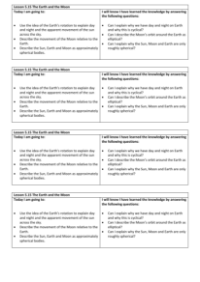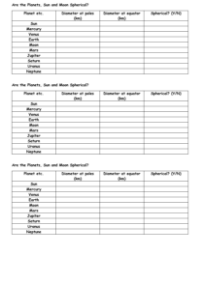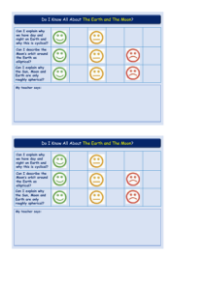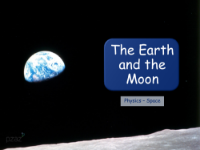The Earth and the Moon - Lesson Plan
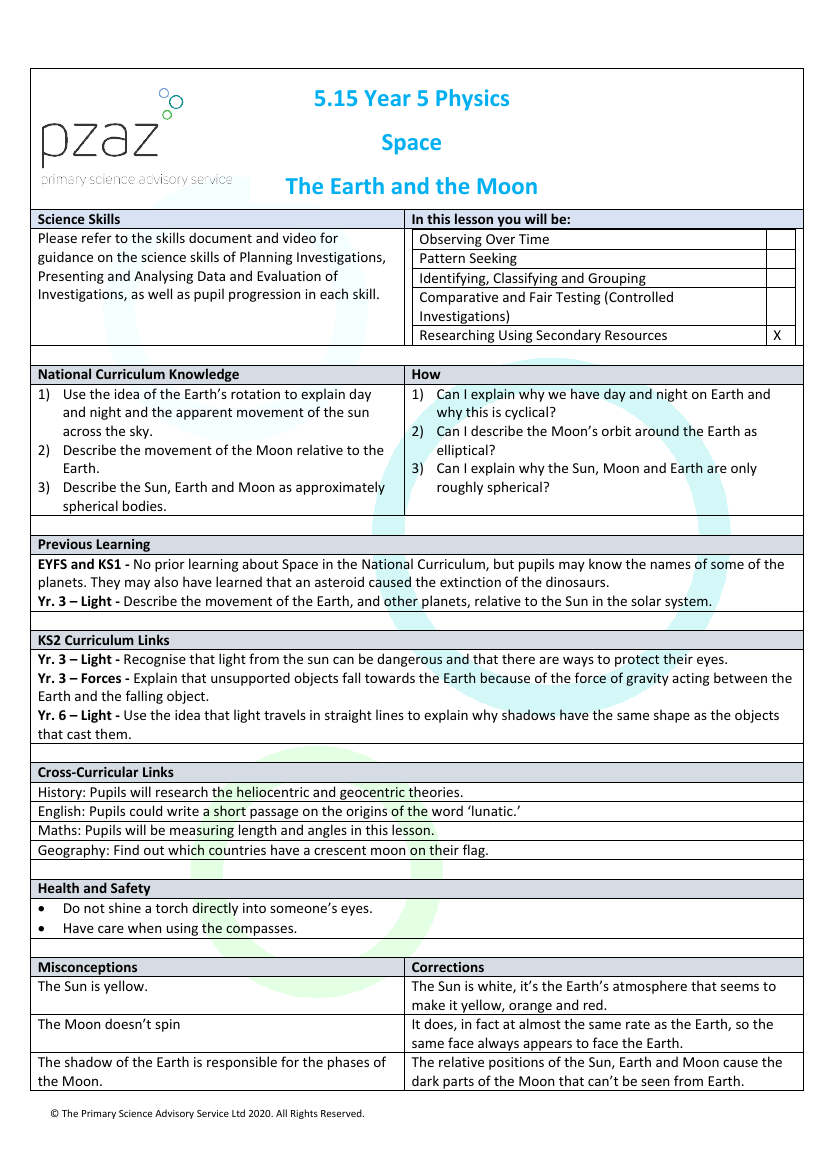
Science Resource Description
The Primary Science Advisory Service Ltd has crafted an engaging lesson plan focusing on the Earth and the Moon, which aligns with the Year 5 Physics curriculum. This lesson aims to enhance students' understanding of celestial movements and their observable effects. It covers the Earth's rotation and its role in the day-night cycle, the Moon's elliptical orbit around the Earth, and the spherical nature of the Sun, Earth, and Moon. Students will also correct common misconceptions, such as the Sun's colour and the Moon's luminosity. Prior knowledge from earlier stages, such as the extinction of dinosaurs due to an asteroid and the basics of light and gravity, will be built upon. The lesson provides a variety of activities, including hands-on experiments with torches and globes to simulate day and night, as well as creative tasks like modelling the Moon's orbit and illustrating its phases with Oreo cookies.
Throughout the lesson, students will engage in scientific skills such as observing over time, pattern seeking, and researching using secondary resources. They will explore influential scientists like Aristarchos of Samos and Carolyn Porco, and delve into cross-curricular links with history, English, maths, and geography. Health and safety considerations are noted, ensuring a safe learning environment. The lesson plan includes a list of essential equipment, such as torches, globes, and Oreo cookies, and provides detailed instructions for each activity. Students will be encouraged to ask questions and use critical thinking to understand the reasons behind the Earth's tilt, the Moon's phases, and the apparent movement of the Sun. By the end of the lesson, they will be able to articulate why we experience day and night, the shape of the Moon's orbit, and why celestial bodies are not perfectly spherical, all while using key vocabulary like orbit, geocentric, and heliocentric.

